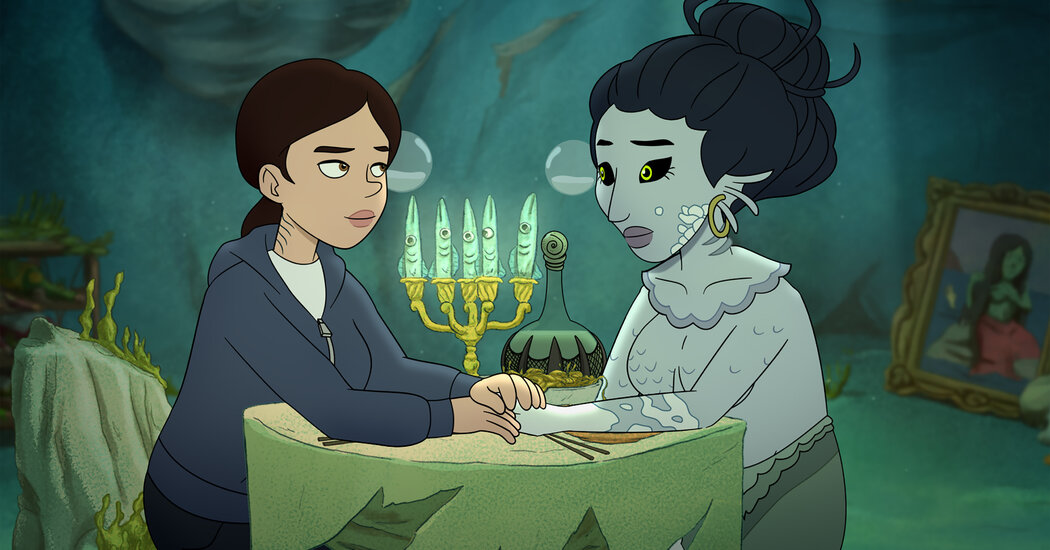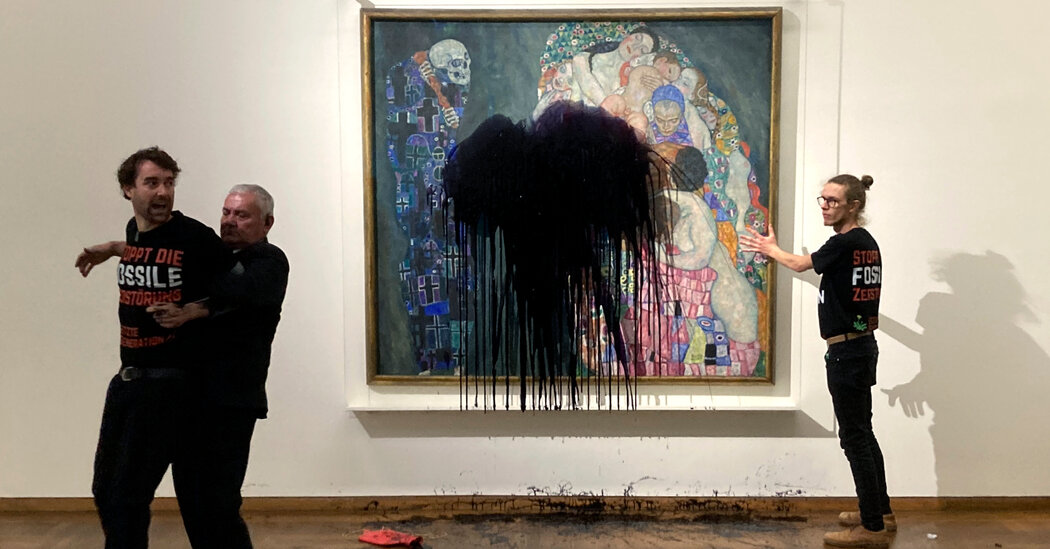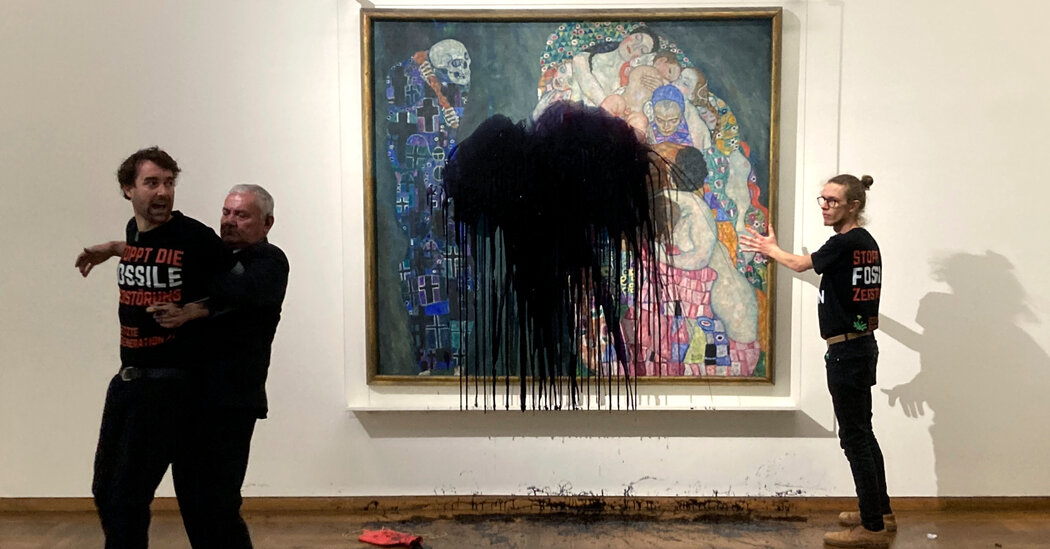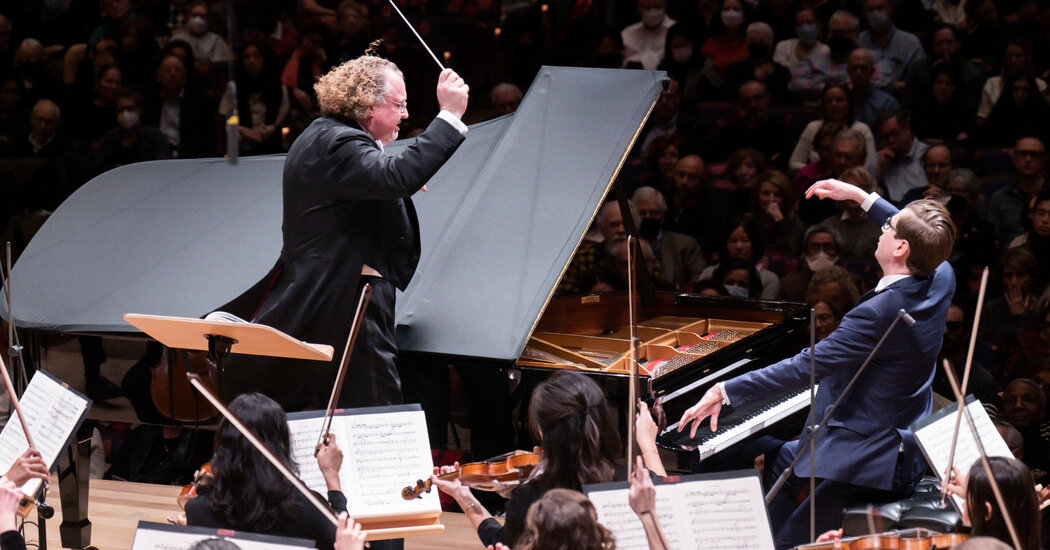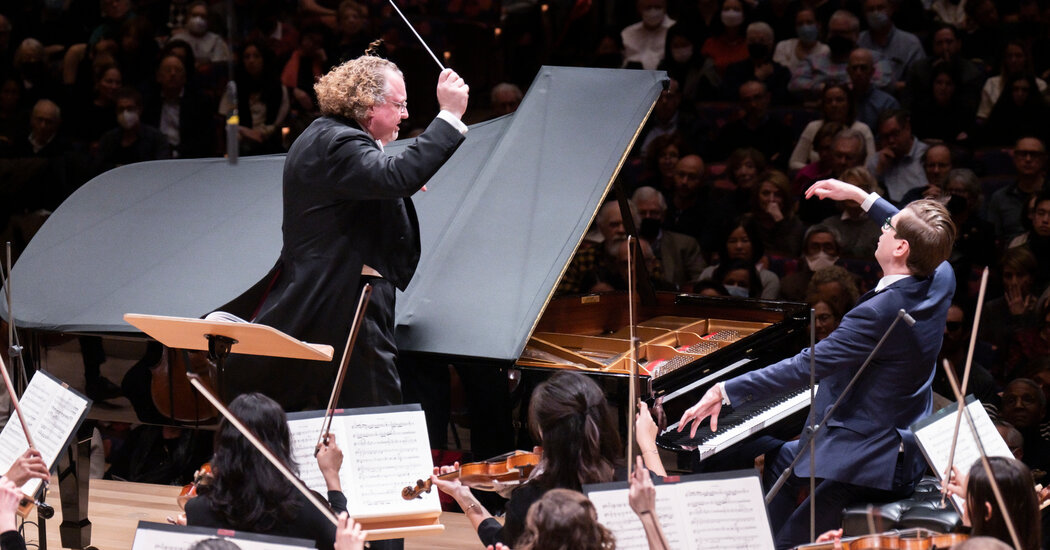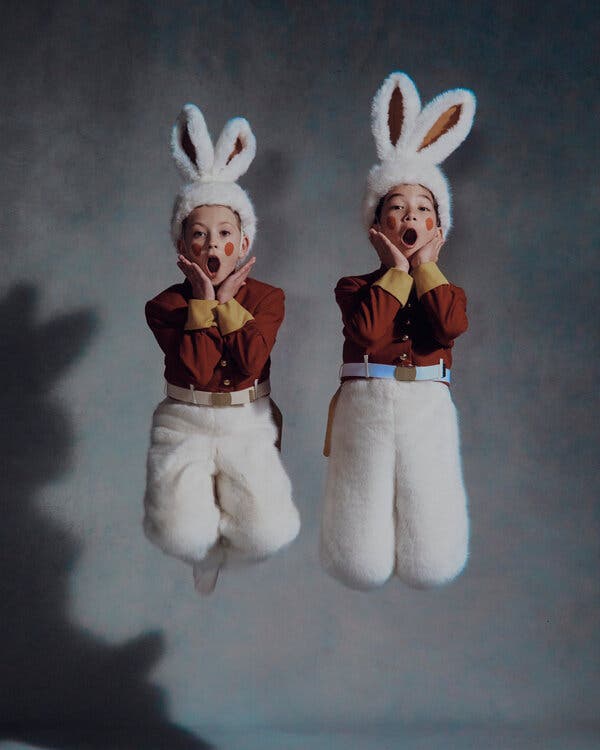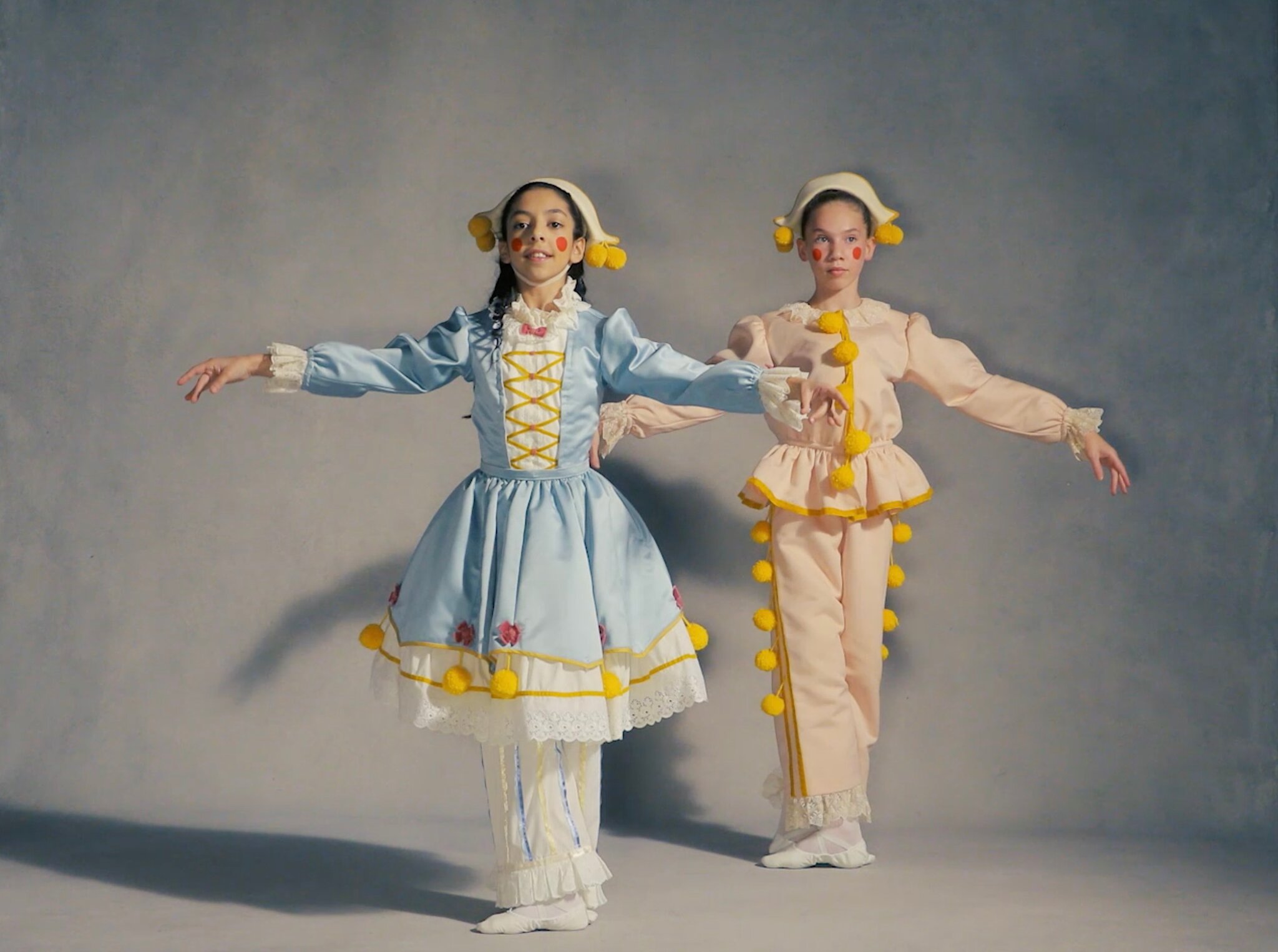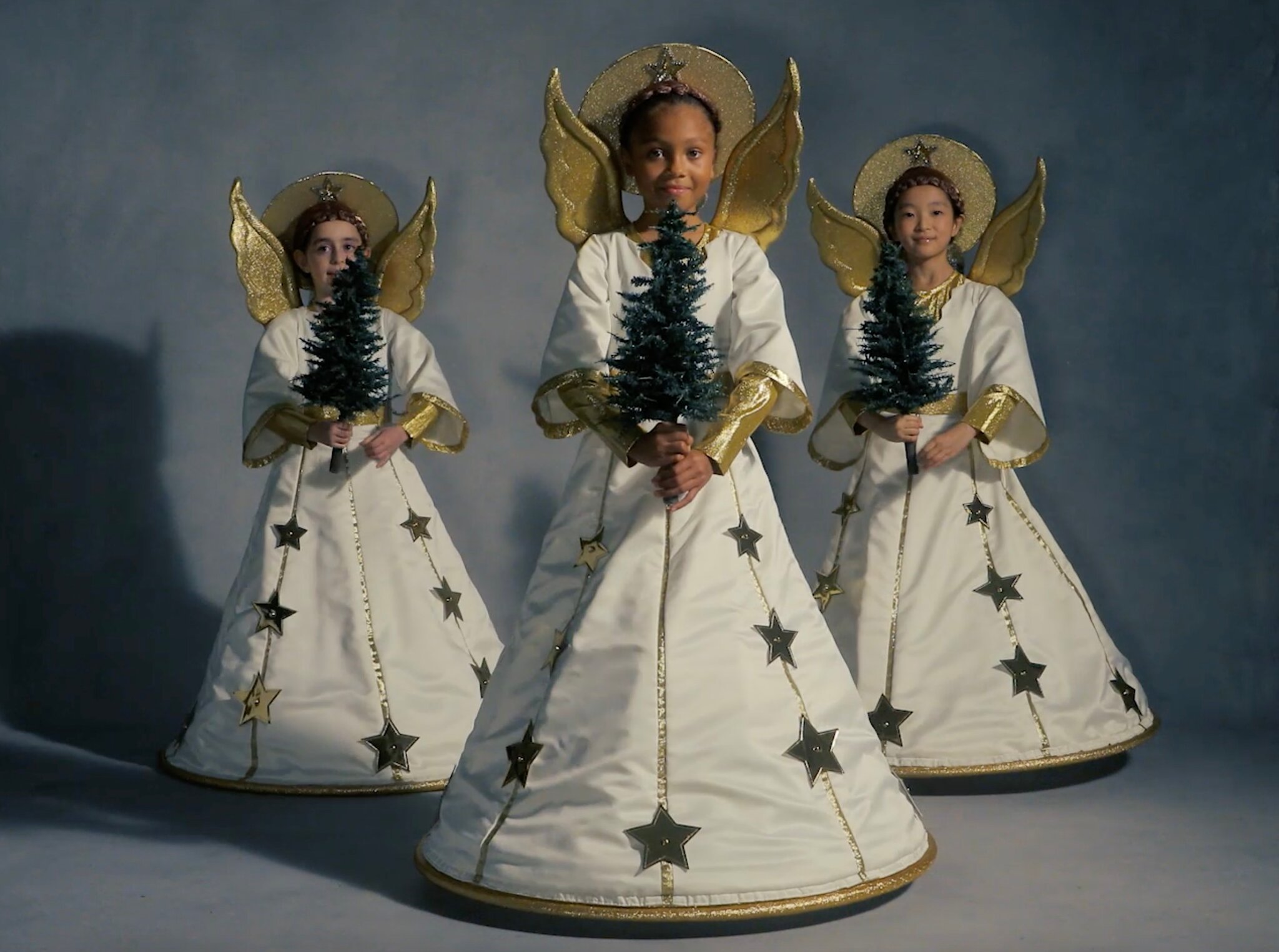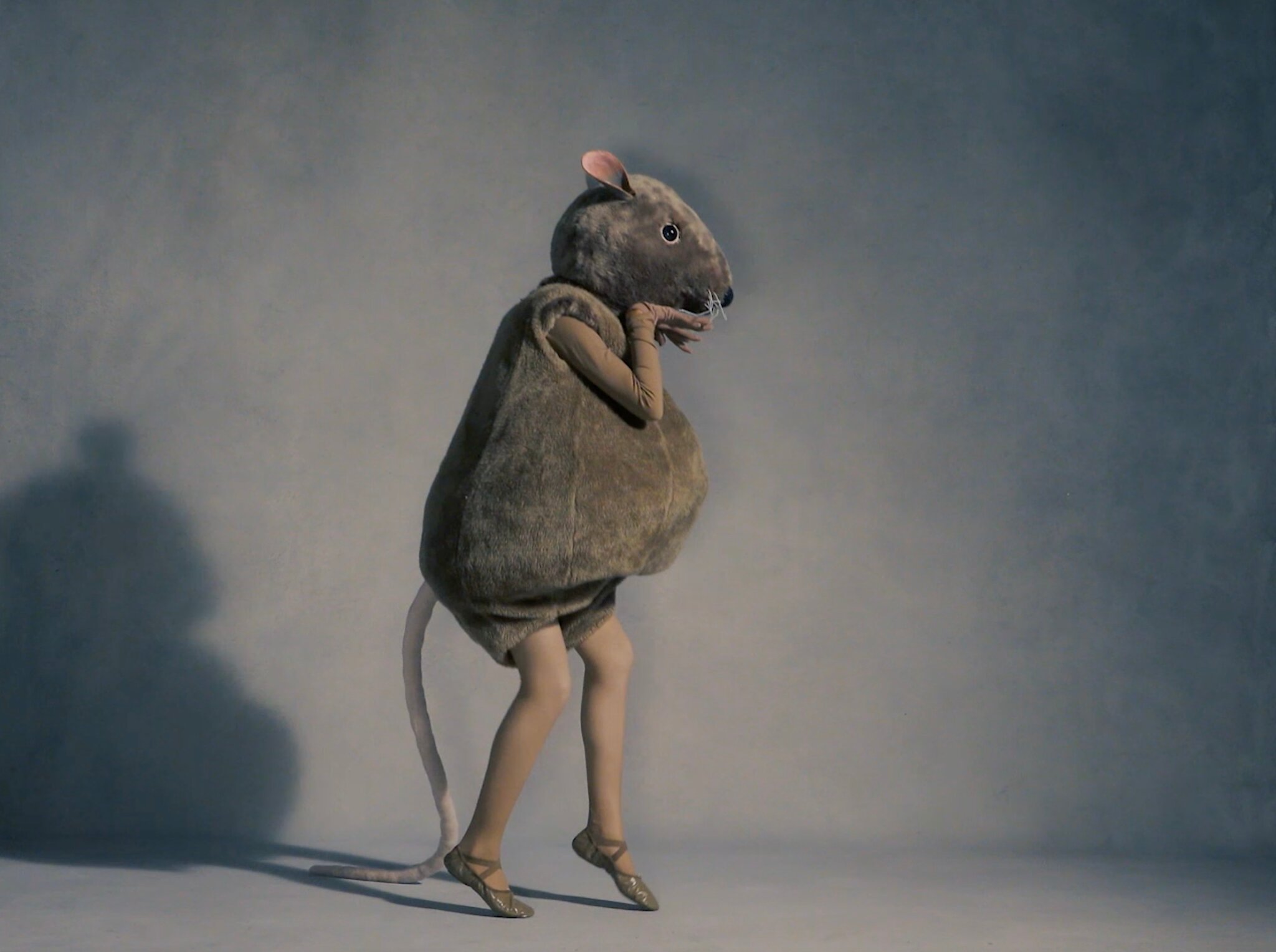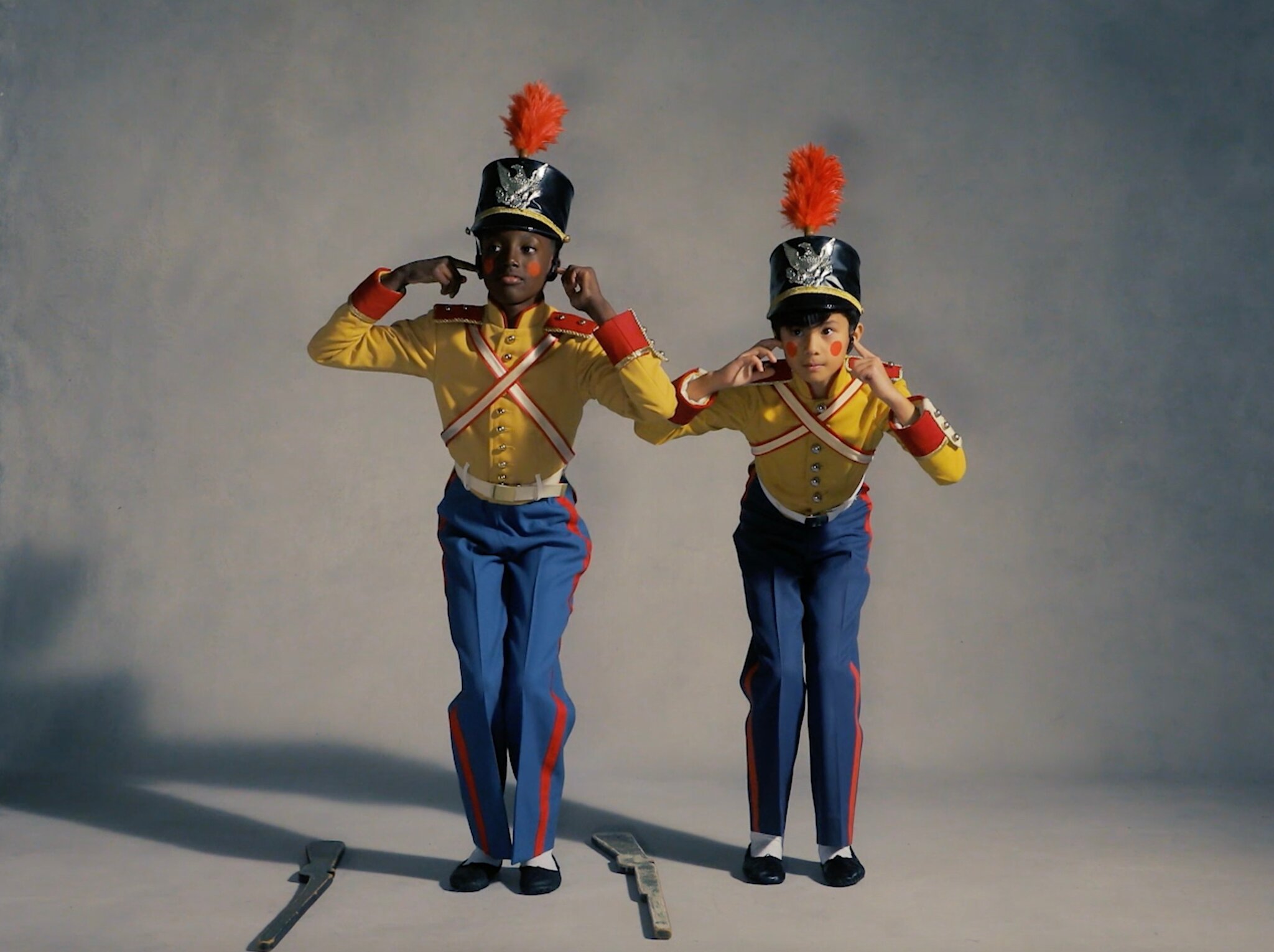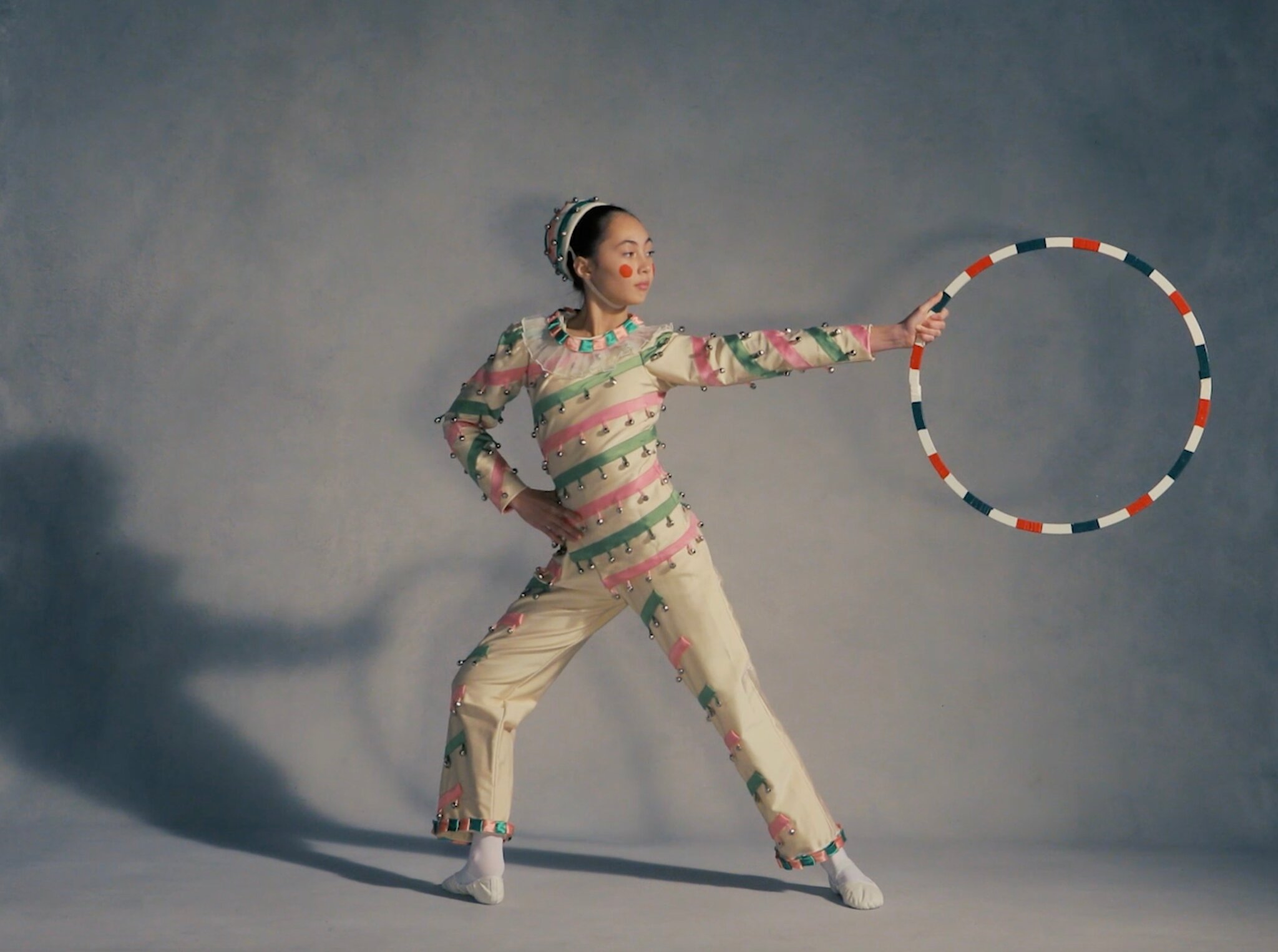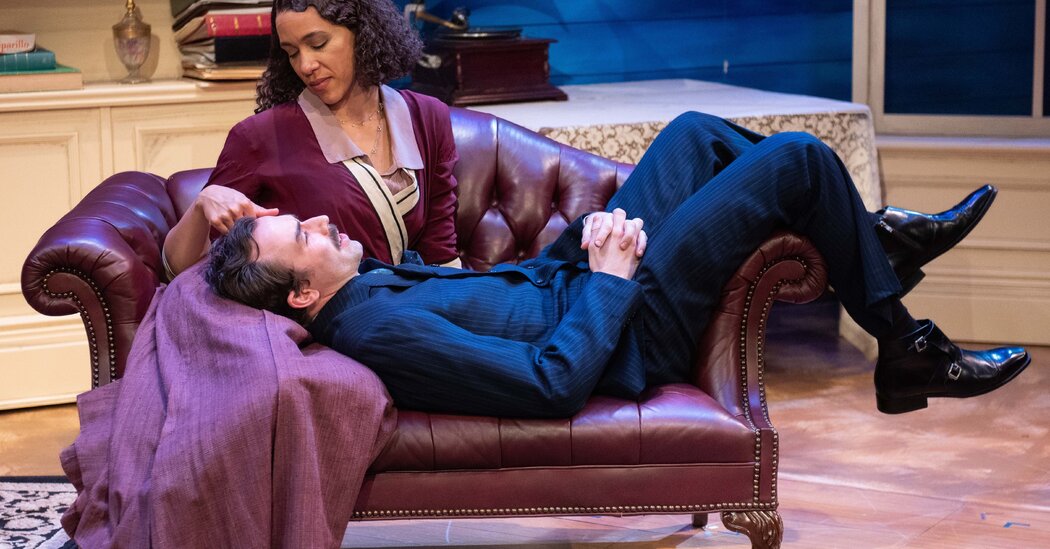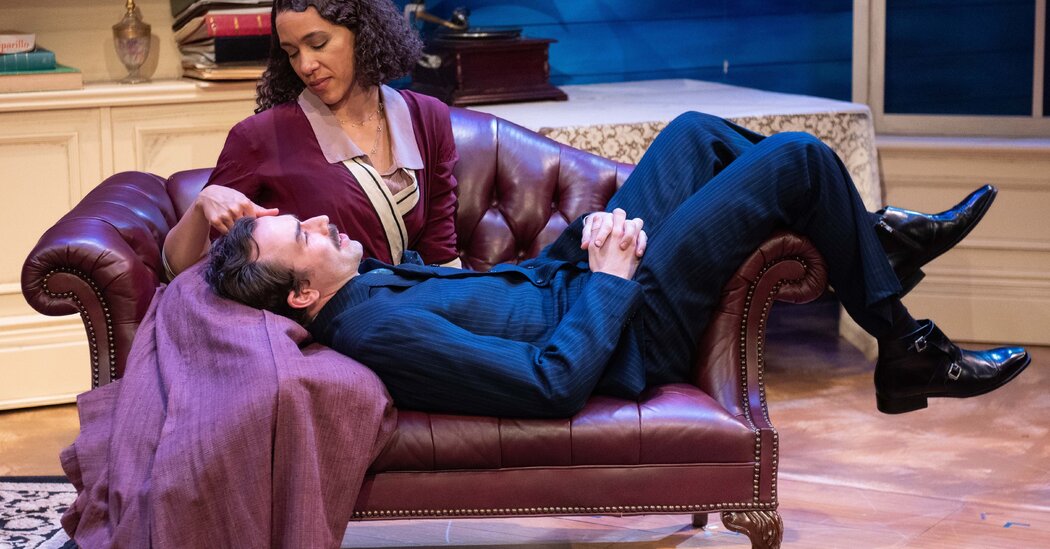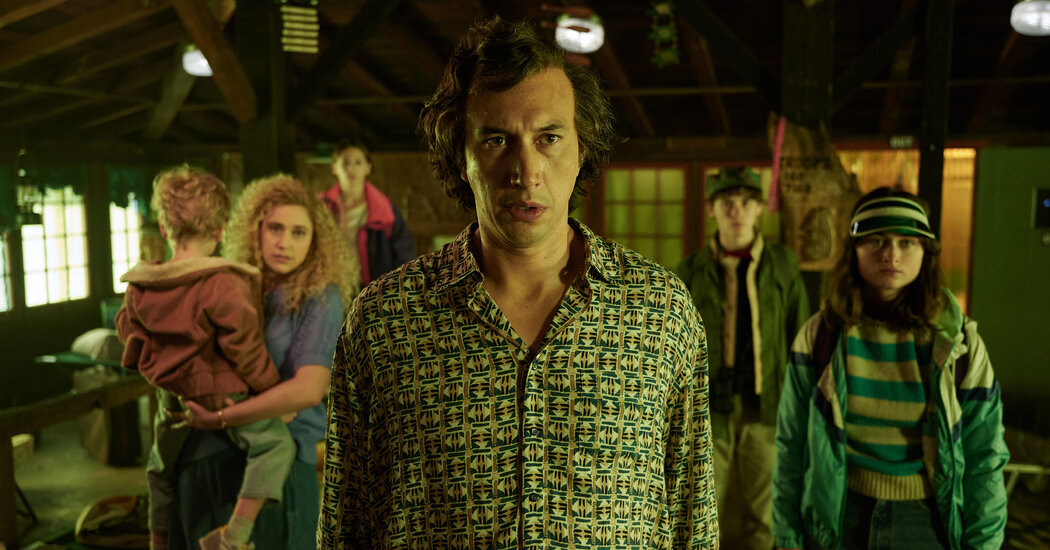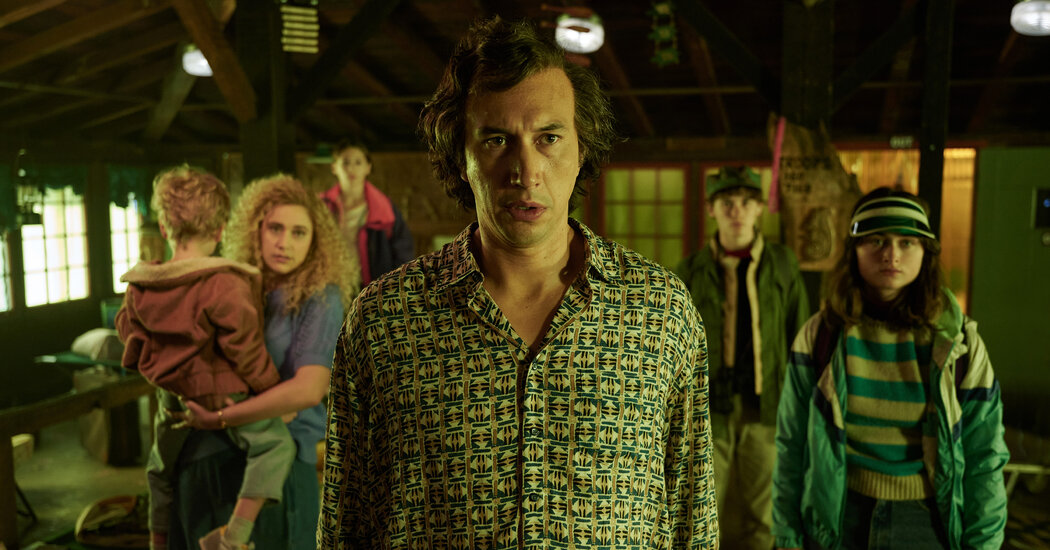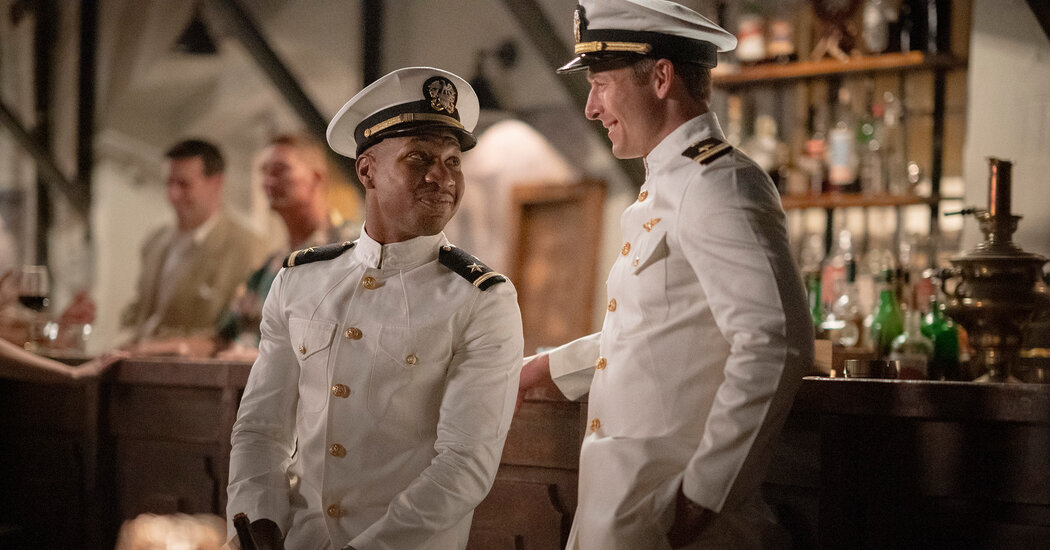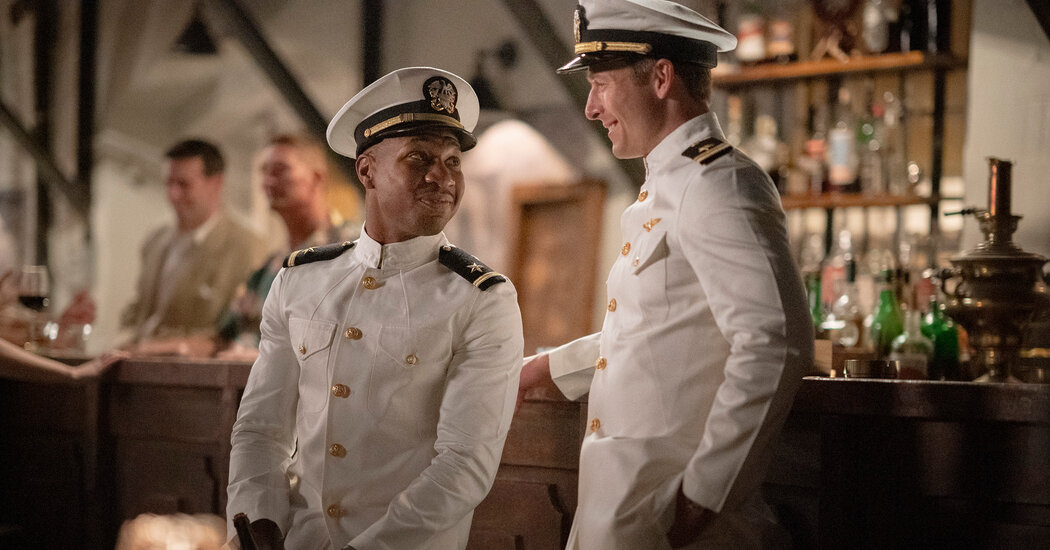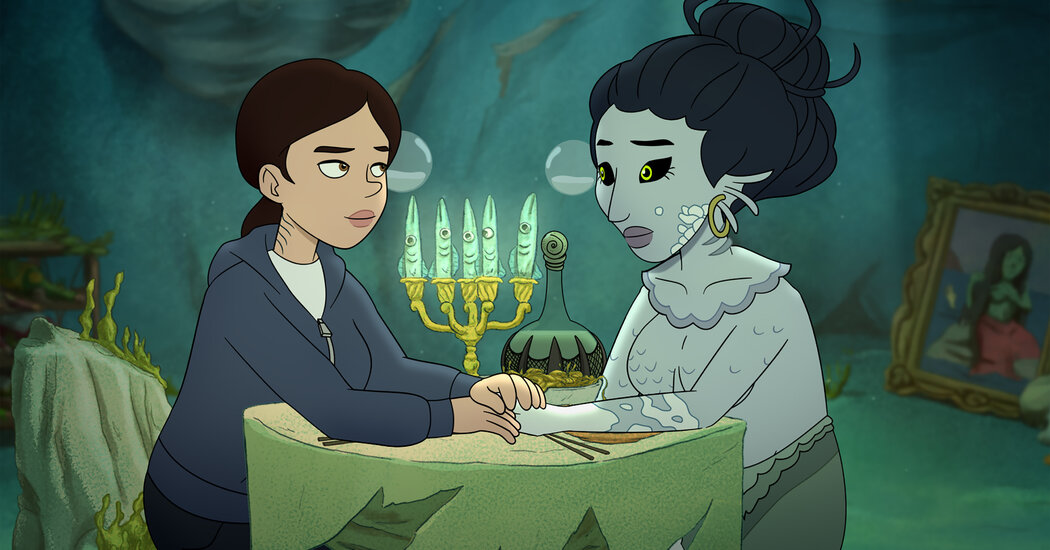
My childhood Thanksgivings involved television in a very specific sense: After the big meal, all the men in the family would retire to the living room and promptly fall asleep in front of a football game.
The ratings for the National Football League being what they are, there are clearly still plenty of people who will spend Thursday with the Lions and Vikings and Bills, oh my, whether conscious or not. But if your taste in entertainment runs toward something less concussive, you could use those free hours to catch up on shows you missed during the frantic fall months. Here is a holiday menu of recent series worth discovering or returning to.
‘Entrapped’
The single season of the Icelandic crime drama “Entrapped” that you’ll find on Netflix is actually the third season of a series better known as “Trapped,” created by the filmmaker Baltasar Kormakur; the first two installments, from 2016 and 2019, are available from Amazon Prime Video. But “Entrapped,” whose story begins in a clash between a biker gang and an Icelandic religious sect, can be enjoyed on its own. The mystery is free-standing, and in any case the series has always been less about the particulars of murder than about the cranky, dour nobility of Andri, the cop played with exquisite stolidity by Olafur Darri Olafsson. (Streaming on Netflix.)
‘Little Demon’
The creators of this animated coming-of-age comedy on FXX — Darcy Fowler, Seth Kirschner and Kieran Valla — are all actors as well as writers, and that shows in the believability of the characters who populate its casually raunchy, hex-positive universe. Chrissy (Lucy DeVito) is the angry, alienated teenage daughter of a single mom, Laura (Aubrey Plaza); the twist is that her family is broken because her dad (Lucy DeVito’s real-life father, Danny) is literally Satan. The show was a little unfocused and ordinary at first, but around the middle of its 10-episode season, it morphed into a tough and genuinely touching family saga that just happened to involve a lot of interdimensional sex and liquefying of souls. (Streaming on Hulu.)
‘Pantheon’
Based on short stories by the rising science fiction star Ken Liu, “Pantheon” is a story about the consequences of uploading human consciousness to the cloud that has a family resemblance to “The Matrix.” But its effectiveness comes from its modesty and seriousness of purpose — the way it stays close to the earth while imagining limitless digital worlds. (It’s also a corporate-conspiracy thriller in which the corporation isn’t always the worst actor on the stage.) The investigations and battles in this animated drama on AMC+ take place mostly in virtual-reality landscapes while the non-virtual characters — including a feisty, heroic teenager (Katie Chang) and her sometime ally, a preternaturally gifted hacker (Paul Dano) — pace around their living rooms wearing headsets. There’s still time to binge the eight episodes of the first season before the second and final season arrives in January. (Streaming on Amazon Prime Video.)
‘The Serpent Queen’
Starz has always made room for costume dramas that are as much about shedding costumes as they are about fidelity to any recorded history. (See “Spartacus,” “The White Princess,” “The Spanish Princess,” “Black Sails,” “Outlander,” et al.) “The Serpent Queen,” starring Samantha Morton as Catherine de Medici, is in this tradition; it’s a rock ’n’ roll historical drama that puts period dress on characters who move and talk with thoroughly modern sensibilities (sometimes straight into the camera), and matches a 16th-century look with a contemporary pop sound. And it manages to not only avoid being outright irritating, but to be surprisingly entertaining, largely because of Morton’s shrewd, steely performance as the overachieving Catherine. Already the queen of France in the show’s present, she schemes and politicks while recounting her colorful history to a servant girl she takes on as her personal maid (Sennia Nanua). (Streaming on Starz.)
‘Shantaram’
In his first TV series since his seven-season run on “Sons of Anarchy,” Charlie Hunnam plays an escaped Australian convict who lands in 1980s Bombay — a few steps ahead of the police, embroiled with local criminals and bewitched by a mysterious Swiss beauty (Antonia Desplat). Based on an autobiographical novel by Gregory David Roberts, this Apple TV+ series presents the familiar elements of bohemian adventure and peril in warm climates with style and some genuine tension. (Streaming on Apple TV+.)
‘The Simpsons’
Is there life after 30? There is for “The Simpsons,” which has felt rejuvenated in its 34th year on Fox. The episode that has received all the attention is “Lisa the Boy Scout” from Oct. 9, a hugely enjoyable exercise in metafoolery. But the season has been sharp week in and week out. “The King of Nice,” in which Krusty the Clown reinvents himself as a cuddly, dancing daytime talk show host — and Marge discovers her true calling as his producer — is a tightly assembled, perfectly pitched satire; “From Beer to Paternity,” in which Homer and Lisa go on a road trip with Duffman to help repair his relationship with his daughter, is unexpectedly moving. High hopes for Sunday’s episode, the season’s ninth, which bears the promising title “When Nelson Met Lisa.” (Streaming on Hulu.)
‘Unsolved Mysteries’
When Netflix and the “Stranger Things” executive producer Shawn Levy rebooted this venerable true-crime series in 2020, they classed it up, giving it an overhaul that moved it in a more documentary direction — a deliberate pace, a calm demeanor, no reliance on narration. (Robert Stack, the show’s longtime host, is a shadowy presence in the opening credits.) You suspect that someone involved is a big fan of Errol Morris; the investigations may not be any more thorough or balanced than those in lower-rent cable shows, but there’s an elegance to the presentation that sucks you in. The third season, which has grown to nine episodes, continues the practice of mixing in the occasional U.F.O. sighting among the steady diet of unsolved deaths. (Streaming on Netflix.)
